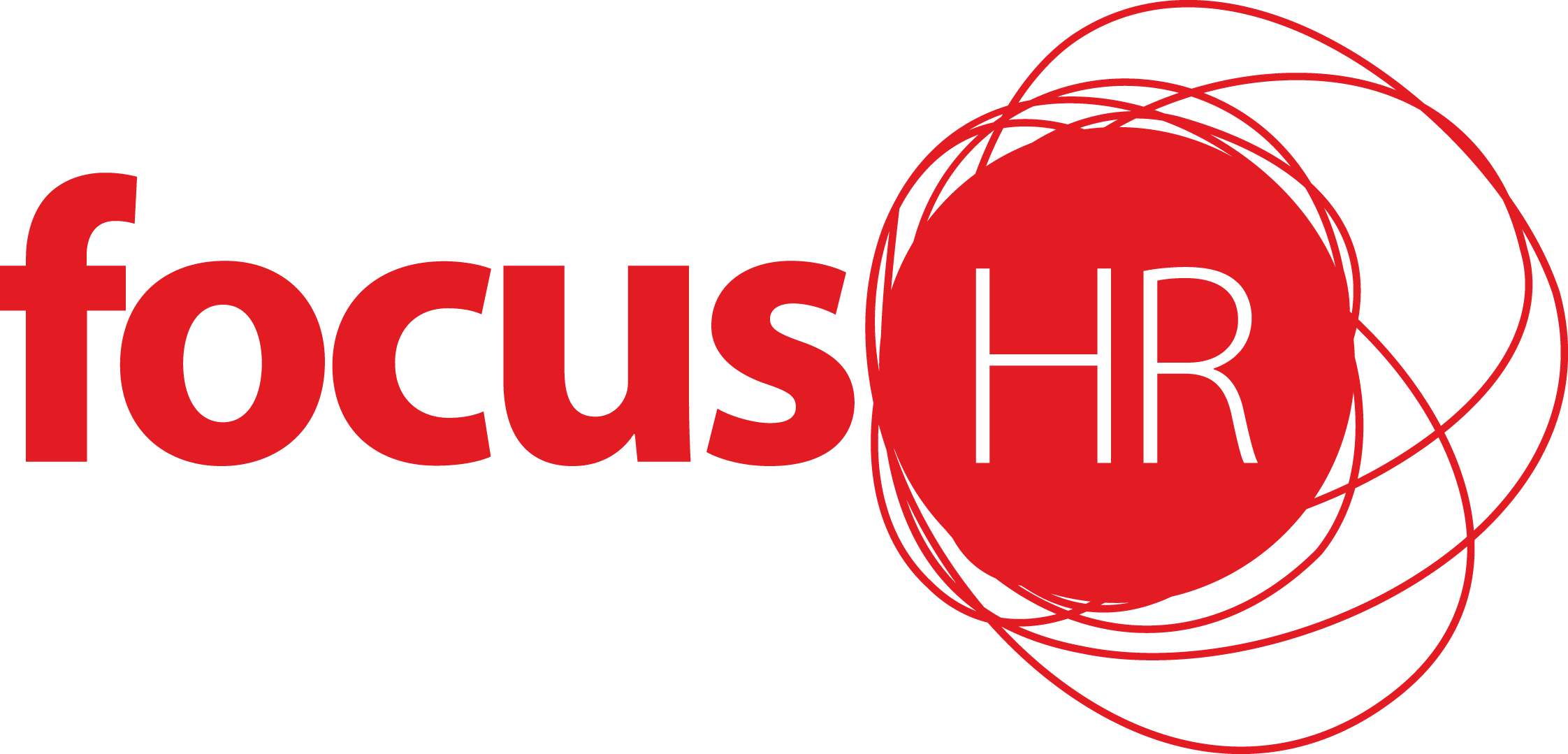In today’s labour- and skill-short market terms like ‘attraction’ and ‘retention’ are all the rage.
Businesses are looking at what programs, incentives and benefits they can add to their EVP (employee value proposition) so that they keep their good people and are attractive to potential new hires.
This is awesome and we fully support it!
But let’s not forget the part that happens in between. If there is a disconnect between the amazing experience that is promised while you are courting your next employee and what they actually experience on day one, cracks will appear early.
When we talk with people about how they feel about their employer, we often hear ‘it all started back when…’ followed by either a positive or a negative experience from their early days with the company. And that experience leaves a lasting impression.
So alongside figuring out how to woo new people, it is critical for businesses to plan how to continue the relationship on the right note when they come on board. We get to orchestrate whether the lasting impression is a positive or a negative one (or just ‘meh’).
We do this through our induction and onboarding program.
Onboarding is the process that helps new employees shift from being outsiders to insiders with a sense of belonging to a business. It is the process of integrating a new employee with a company and its culture, as well as giving them access to the tools, training, people, and information needed to become a productive member of the team.
This isn’t just a ‘nice to have’, it is a ‘must have’
Research shows that new employees who are given the right information and quickly made to feel welcome and part of the team are a) more likely to stay and b) become productive earlier in their new workplace.
Onboarding substantially increases the likelihood that new employees will stick around. A research study by Glassdoor found that companies with an effective onboarding process improved new hire retention rates by 82%. And effective onboarding programs can improve employee performance by 11.5%, according to Recruiting Roundtable.
A 2019 study by Learn Hub showed that 30% of job seekers have left a job within 90 days of starting. But it isn’t only the initial honeymoon period that is influenced by your onboarding approach. When a company has great onboarding, studies show that 69% of employees are likely to stay for at least 3 years.
If those stats don’t convince you, just think about it on a really practical level – if you take the time at the beginning to tell a person what you need from them, what they can expect from you and give them the training to do a good job; how much more quickly do you think they will start to return the benefits to you in the form of productivity?
If you’d like to learn more about how to do great inductions and onboarding, join our FREE webinar on 14th July.

